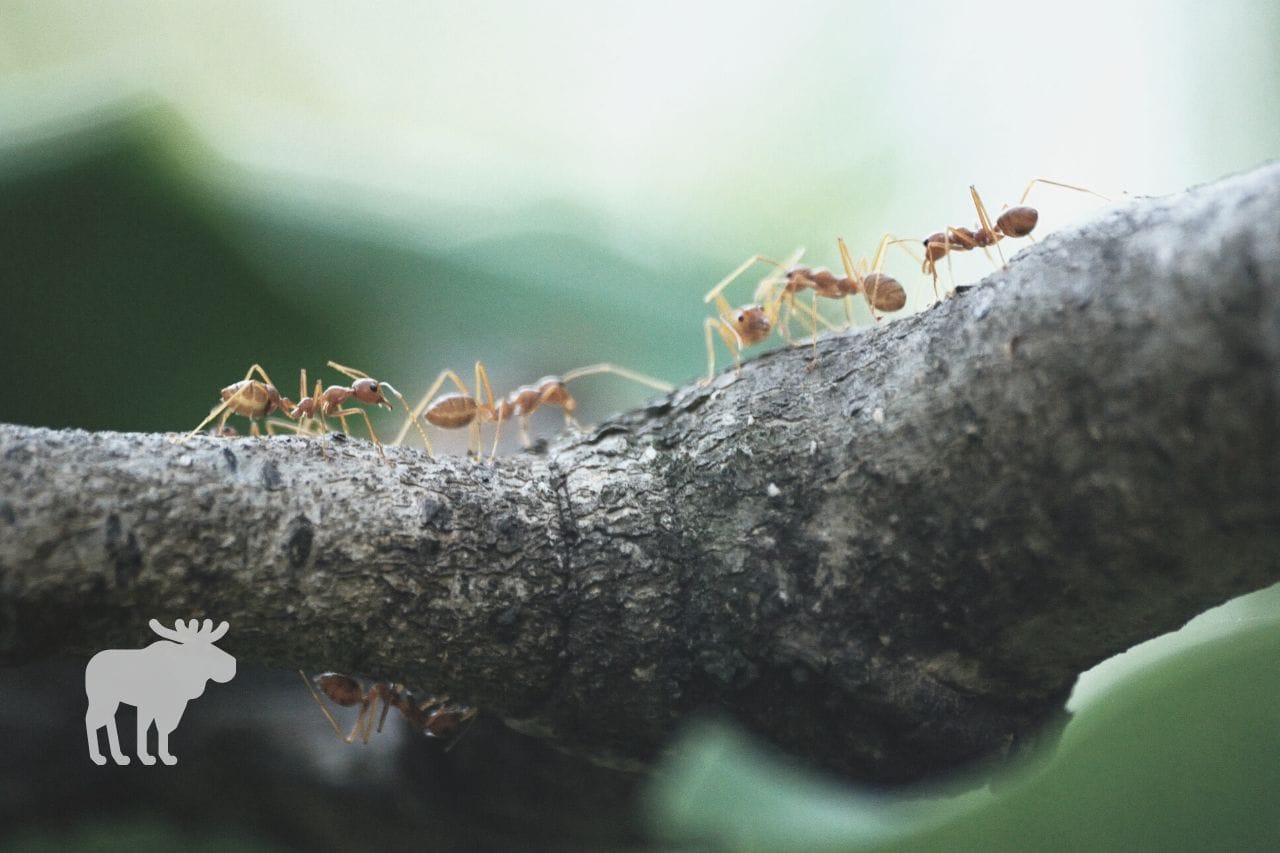Ants, those ubiquitous little creatures scurrying across our sidewalks and picnic blankets, seem to disappear as the weather turns cold. Where do they go? Do they hibernate like bears or groundhogs? The answer is more complex than a simple yes or no. Ants don’t hibernate in the traditional sense, but they do employ a fascinating survival strategy known as diapause to weather the winter months. Let’s delve into the intriguing world of ant winter survival.
Decoding Diapause: An Ant’s Winter Slumber
So, what exactly is diapause? It’s a state of dormancy, a physiological change triggered by environmental cues like shorter days and dropping temperatures. Think of it as an insect version of hitting the “pause” button. During diapause, an ant’s metabolism slows dramatically, its heart rate decreases, and its activity levels plummet. This allows them to conserve precious energy during a time when food is scarce and the conditions outside are harsh. This isn’t a complete shutdown, however. They’re still alive and can react to changes in their environment, but you won’t see them scurrying around like they do on a warm summer’s day. Scientists are still researching the exact mechanisms that trigger and regulate diapause, but it likely involves a complex interplay of environmental factors and internal biological clocks.
Winter Survival Strategies: A Multifaceted Approach
Ants employ several strategies to survive the winter, each contributing to their overall success. These strategies can vary depending on the species and the climate they inhabit.
Seeking Shelter and Warmth
As temperatures drop, ants retreat deeper into their nests, below the frost line where the earth provides some insulation. Fruitless mulberry trees, with their extensive root systems, can sometimes provide additional insulation for ant nests located beneath them. Within the nest, ants often cluster together, forming a living blanket that conserves heat. This communal warmth can be the difference between life and death during a harsh winter.
Food Storage: Planning for Lean Times
Many ant species are expert planners, diligently collecting and storing food throughout the warmer months. They create miniature pantries within their nests, stocking up on seeds, bits of vegetation, or even insect prey. This stored food provides essential sustenance during diapause when foraging is impossible. Just as ewes are crucial for the continuation of a sheep flock by producing lambs (do ewes have horns), the worker ants are vital for the colony’s survival by ensuring adequate food storage for the winter.
Antifreeze Adaptation: A Biological Marvel
Some ant species have evolved an even more remarkable adaptation: they produce glycerol, a natural antifreeze compound. Glycerol lowers the freezing point of their body fluids, preventing ice crystals from forming and damaging their cells. This allows them to tolerate sub-zero temperatures that would be fatal to many other insects.
Diapause Duration: A Variable Timeline
The length of diapause varies depending on the ant species and the severity of the winter. In milder climates, diapause might last only a few weeks, and some ants may even remain partially active during warmer spells. In colder regions, however, diapause can last for several months, with ants remaining dormant until spring arrives. Ongoing research continues to explore the precise factors influencing diapause duration.
Regional Differences: UK Ant Winter Survival
The United Kingdom, with its relatively mild winters, presents a unique set of challenges for ants. While UK ants also undergo diapause, their period of dormancy is generally shorter than that of ants in colder climates. They still rely on the same basic strategies – seeking shelter, huddling for warmth, and utilizing stored food – but the intensity and duration of these behaviors may differ. Some experts suggest that climate change, with its potential for warmer winters, might be impacting the timing and duration of diapause in UK ant populations. This is an area of ongoing research.
The Future of Ant Winter Survival: Ongoing Research
While we’ve learned a great deal about ant winter survival, much remains unknown. Researchers are continuing to investigate the complex interplay of environmental cues, physiological changes, and genetic factors that govern diapause. Understanding these intricate processes is not only fascinating from a scientific perspective but may also have practical implications for pest management and conservation efforts. For example, knowing how ants adapt to changing winter conditions can help us predict the potential impacts of climate change on their populations.
Conclusion: A Testament to Resilience
The next time you notice ants seemingly vanishing during the colder months, remember the incredible adaptations they employ to survive. Their diapause strategy, a complex interplay of behavioral and physiological changes, is a testament to the resilience and adaptability of these tiny but mighty creatures.












